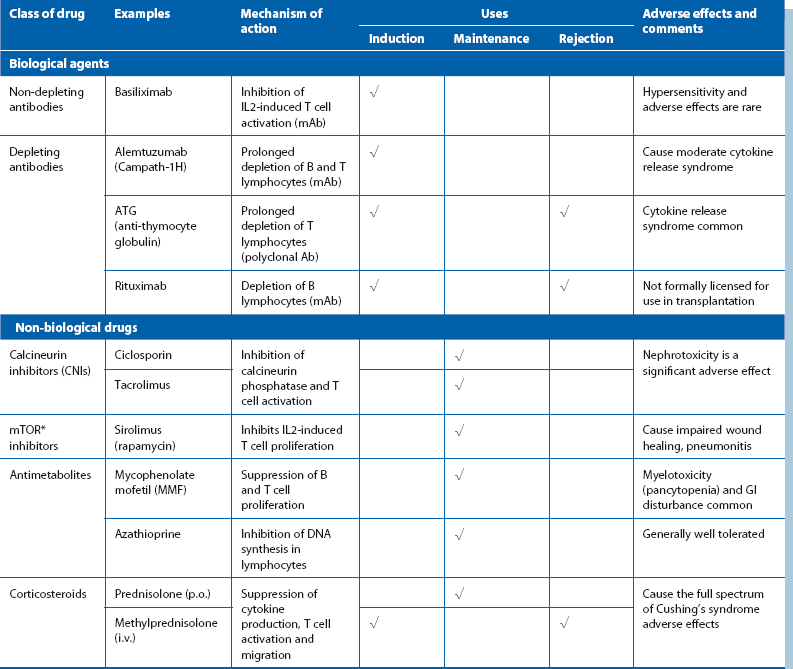Principles of transplantation surgery
Introduction
Chemical immunosuppression designed to attenuate graft rejection has continued to advance, leading to improving success rates with transplantation of an expanding range of organs and tissues (see Table 14.1). Human cornea, kidney, liver, pancreas, heart, heart and lung, single or double lung and bone marrow transplantation are all now standard, although not free of rejection or other complications (see: http://www.ctstransplant.org/). Even face transplants are now achieving success.








